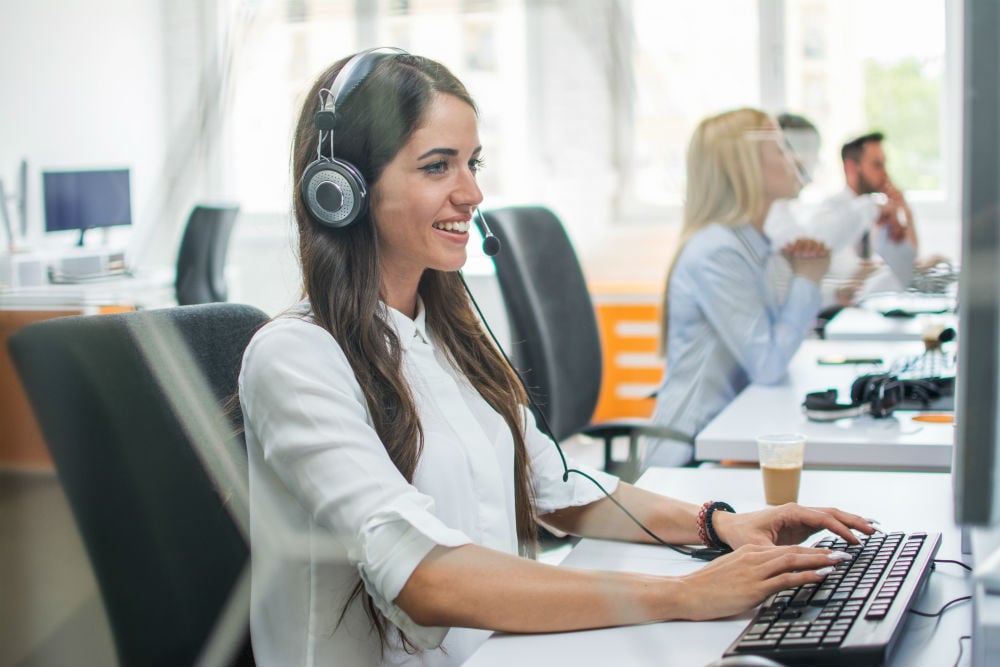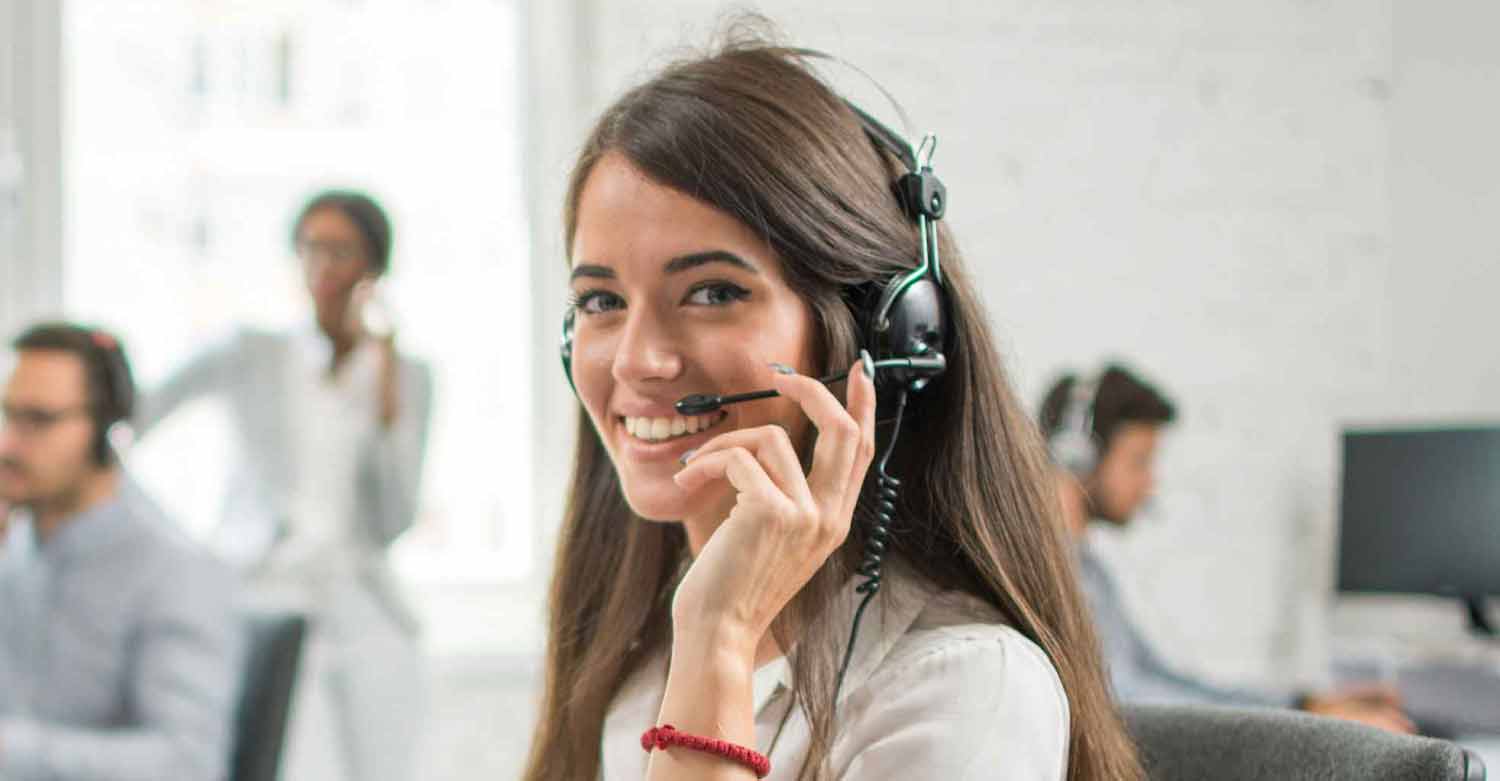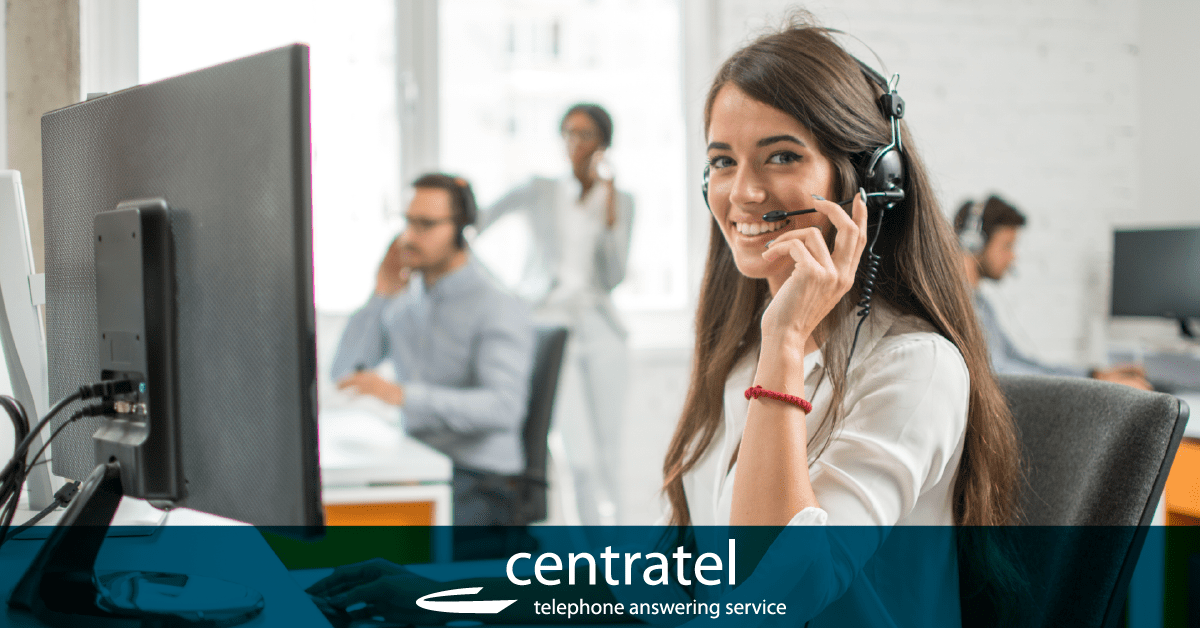All Categories
Featured
Table of Contents
- – How Much Does It Cost To Have A What Is A Telep...
- – What Is The Best Phone Answering Service - Int...
- – When Are The Best What Is A Telephone Answerin...
- – When Best Time To Buy Call Answering Service ...
- – What Is The Best Call Answering & Reception S...
- – Who Is The Best Melbourne Telephone Answerin...
How Much Does It Cost To Have A What Is A Telephone Answering Service And What Are The ...?
This device and its successors were developed by Sava Jacobson, an electrical engineer with a private consulting service. While early answering devices utilized magnetic tape innovation, a lot of contemporary equipment uses solid state memory storage; some gadgets utilize a combination of both, with a solid-state circuit for the outbound message and a cassette for the inbound messages.
"toll conserving" listed below) (phone answering). This works if the owner is screening calls and does not want to talk with all callers. In any case after going, the calling celebration must be informed about the call having actually been answered (in many cases this starts the charging), either by some remark of the operator, or by some welcoming message of the TAD, or addressed to non-human callers (e.
This holds particularly for the Little bits with digitally stored welcoming messages or for earlier makers (before the increase of microcassettes) with an unique endless loop tape, separate from a 2nd cassette, devoted to recording. There have actually been answer-only gadgets without any recording abilities, where the greeting message needed to notify callers of a state of present unattainability, or e (virtual answering service).
What Is The Best Phone Answering Service - Intelligent Office For The Price

about availability hours. In tape-recording Littles the welcoming usually consists of an invite to leave a message "after the beep". A voice mail that utilizes a microcassette to tape messages On a dual-cassette answerphone, there is an outgoing cassette, which after the specified variety of rings plays a pre-recorded message to the caller.

Single-cassette answering makers contain the outbound message at the beginning of the tape and inbound messages on the staying space. They first play the statement, then fast-forward to the next offered area for recording, then tape-record the caller's message. If there are many previous messages, fast-forwarding through them can cause a substantial delay.
This beep is frequently described in the greeting message, requesting that the caller leave a message "after the beep". TADs with digital storage for the taped messages do not show this hold-up, naturally. A little bit may provide a remote control facility, whereby the answerphone owner can ring the home number and, by entering a code on the remote telephone's keypad, can listen to tape-recorded messages, or erase them, even when far from home.
When Are The Best What Is A Telephone Answering Service And What Are The ... Deals

Thus the maker increases the variety of rings after which it addresses the call (typically by two, leading to 4 rings), if no unread messages are presently stored, however answers after the set variety of rings (generally two) if there are unread messages. This enables the owner to discover whether there are messages waiting; if there are none, the owner can hang up the phone on the, e.
Some devices also permit themselves to be from another location triggered, if they have been turned off, by calling and letting the phone ring a particular large number of times (typically 10-15). Some company abandon calls currently after a smaller sized variety of rings, making remote activation impossible. In the early days of Littles a special transmitter for DTMF tones (dual-tone multi-frequency signalling) was regionally required for push-button control, since the previously employed pulse dialling is not apt to convey proper signalling along an active connection, and the dual-tone multi-frequency signalling was executed stepwise.
Any incoming call is not identifiable with regard to these residential or commercial properties in advance of going "off hook" by the terminal equipment. So after going off hook the calls should be switched to appropriate devices and just the voice-type is immediately available to a human, however maybe, nevertheless need to be routed to a LITTLE BIT (e.
When Best Time To Buy Call Answering Service For Small Business In Brisbane
What if I told you that you do not need to in fact choose up your device when responding to a customer call? Someone else will. So practical, right? Responding to telephone call does not need somebody to be on the other end of the line. Efficient automated phone systems can do the technique just as effectively as a live agent and sometimes even much better.
An automatic answering service or interactive voice action system is a phone system that interacts with callers without a live person on the line - virtual answering service. When companies use this technology, clients can get the response to a question about your business merely by utilizing interactions set up on a pre-programmed call circulation.
Although live operators update the client service experience, numerous calls do not require human interaction. A simple taped message or guidelines on how a customer can obtain a piece of info usually fixes a caller's immediate requirement - business call answering service. Automated answering services are a simple and efficient method to direct incoming calls to the best individual.
What Is The Best Call Answering & Reception Services - Office Shed To Get
Notification that when you call a business, either for assistance or product inquiry, the first thing you will hear is a pre-recorded voice greeting and a series of options like press 1 for client service, press 2 for questions, and so on. The pre-recorded choices branch out to other options depending upon the consumer's choice.
The phone tree system helps direct callers to the right person or department using the keypad on a cellphone. In some instances, callers can use their voices. It deserves keeping in mind that auto-attendant options aren't limited to the 10 numbers on a phone's keypad. Once the caller has actually picked their first alternative, you can develop a multi-level auto-attendant that utilizes sub-menus to direct the caller to the ideal type of assistance.
The caller does not need to interact with a person if the auto-attendant phone system can manage their issue. The automated service can route callers to an employee if they reach a "dead end" and need support from a live representative. It is expensive to employ an operator or executive assistant.
Who Is The Best Melbourne Telephone Answering Service : Virtual Reception Service
Automated answering services, on the other hand, are significantly cheaper and provide considerable cost savings at approximately $200-$420/month. Even if you do not have actually devoted personnel to handle call routing and management, an automated answering service enhances performance by permitting your team to focus on their strengths so they can more effectively spend their time on the phone.
A sales lead routed to customer care is a lost shot. If a customer who has product concerns reaches the incorrect department or gets incomplete answers from well-meaning workers who are less trained to deal with a particular type of question, it can be a cause of disappointment and dissatisfaction. An automated answering system can reduce the variety of misrouted calls, thereby helping your workers make better usage of their phone time while maximizing time in their calendar for other tasks.
With Automated Answering Systems, you can create a tailored experience for both your staff and your callers. Make a recording of your primary greeting, and merely update it frequently to show what is going on in your organization. You can produce as numerous departments or menu options as you want.
Table of Contents
- – How Much Does It Cost To Have A What Is A Telep...
- – What Is The Best Phone Answering Service - Int...
- – When Are The Best What Is A Telephone Answerin...
- – When Best Time To Buy Call Answering Service ...
- – What Is The Best Call Answering & Reception S...
- – Who Is The Best Melbourne Telephone Answerin...
Latest Posts
Tailored Phone Answering Service ( Adelaide)
Comprehensive Virtual Phone Answering Near Me – Brisbane
Expert Virtual Receptionist
More
Latest Posts
Tailored Phone Answering Service ( Adelaide)
Comprehensive Virtual Phone Answering Near Me – Brisbane
Expert Virtual Receptionist